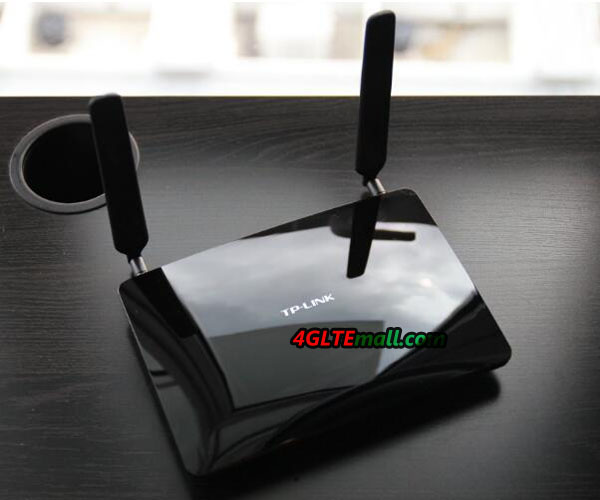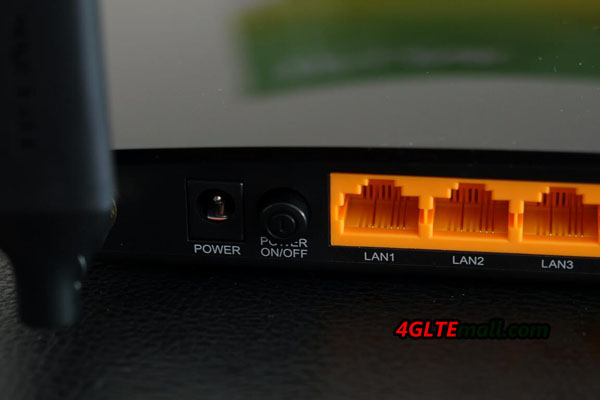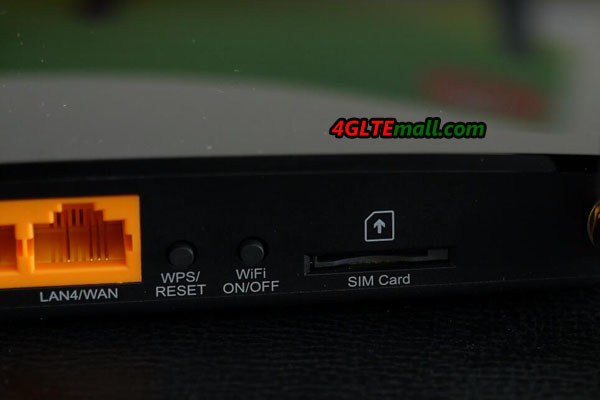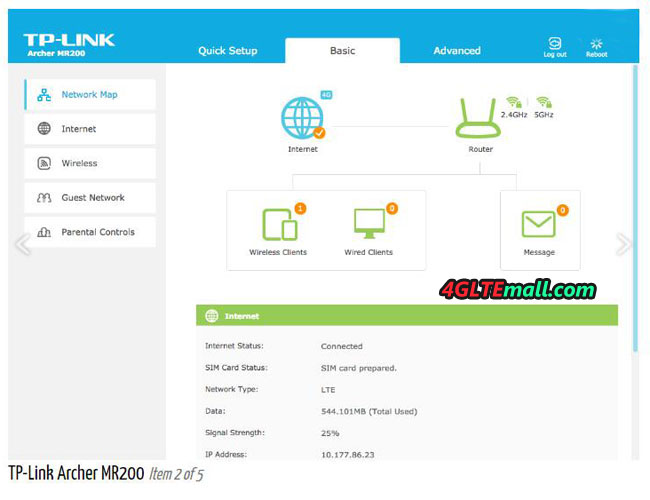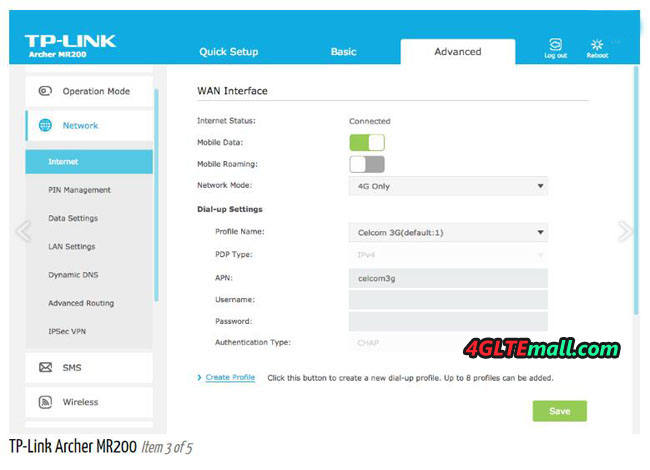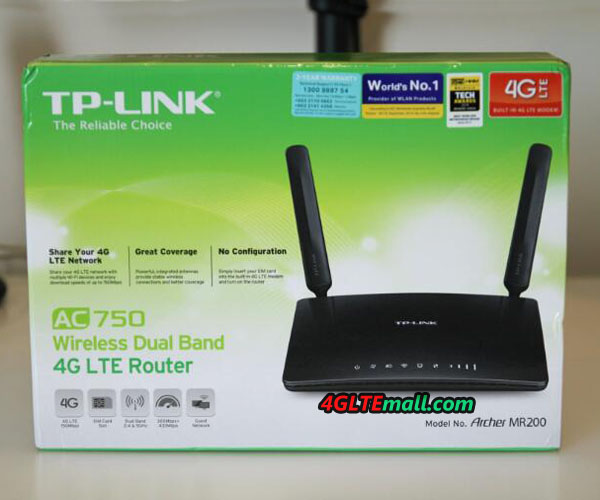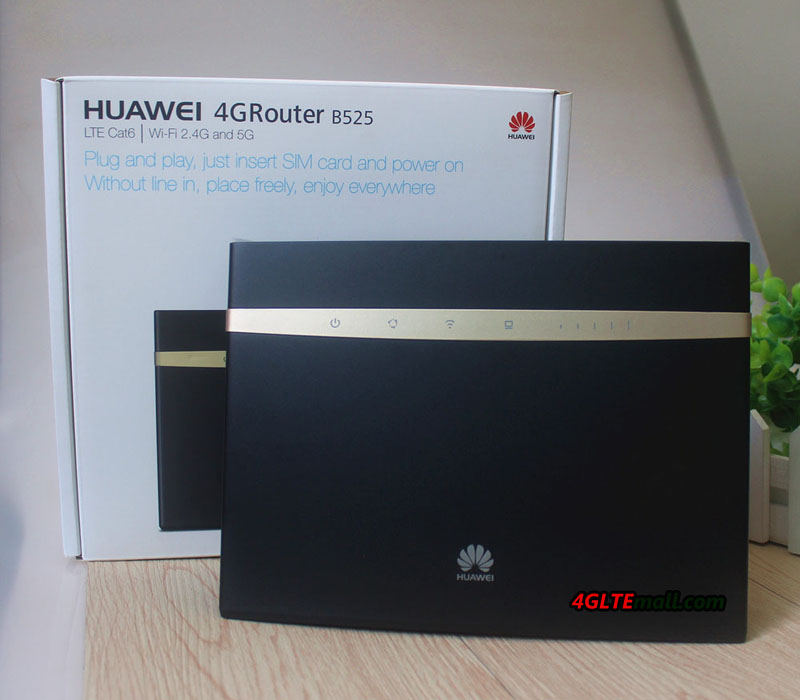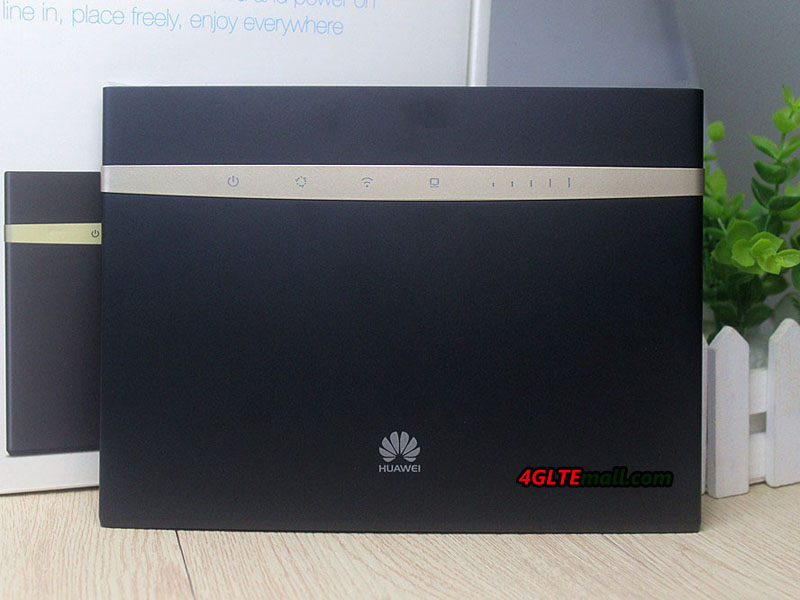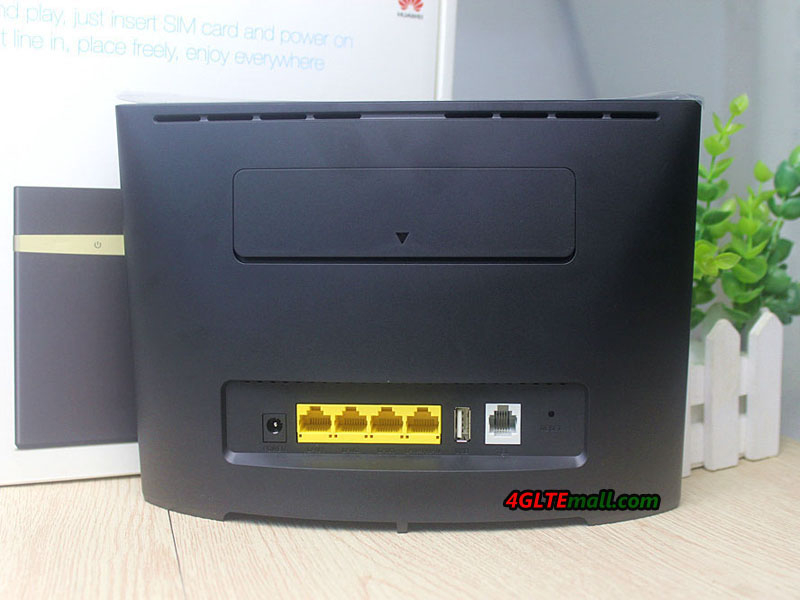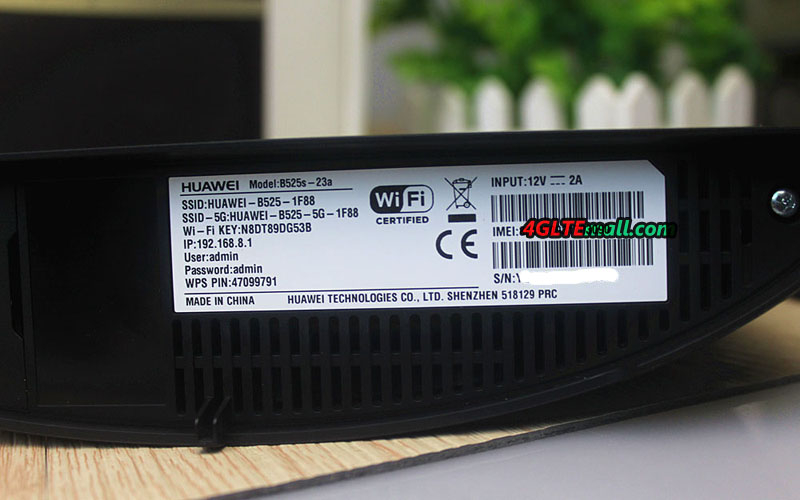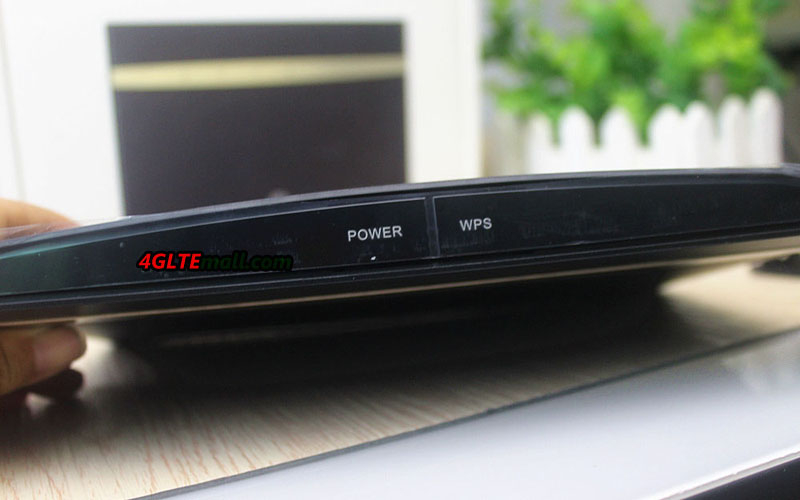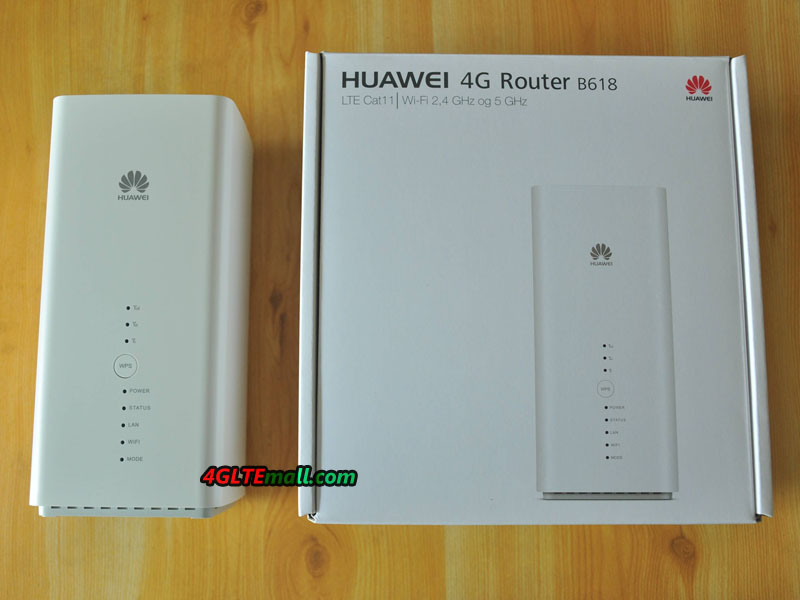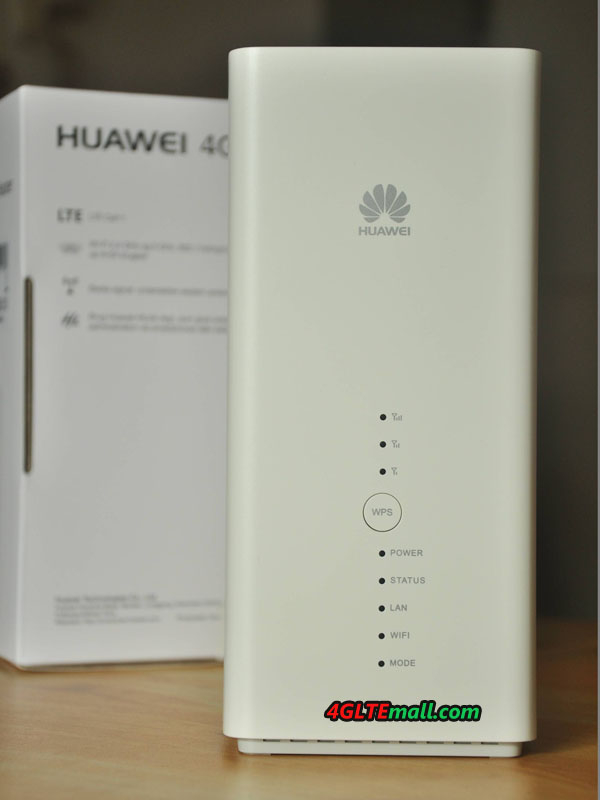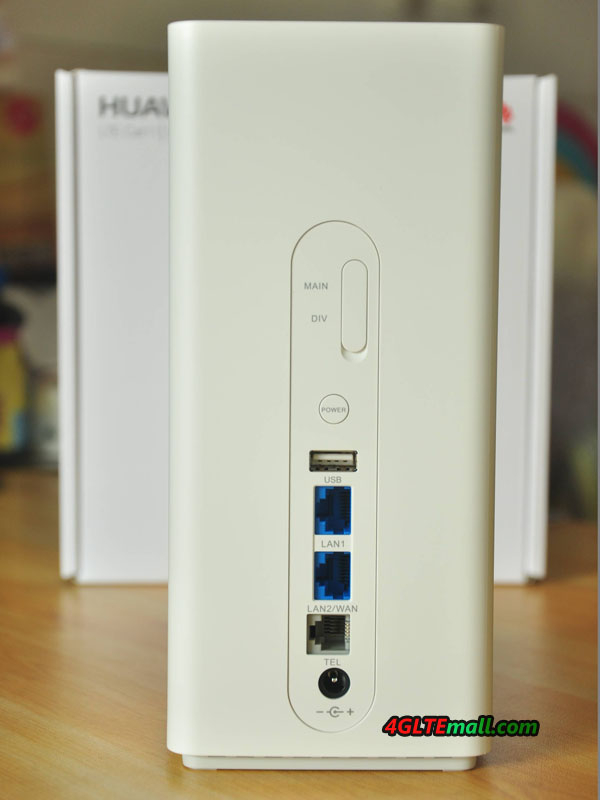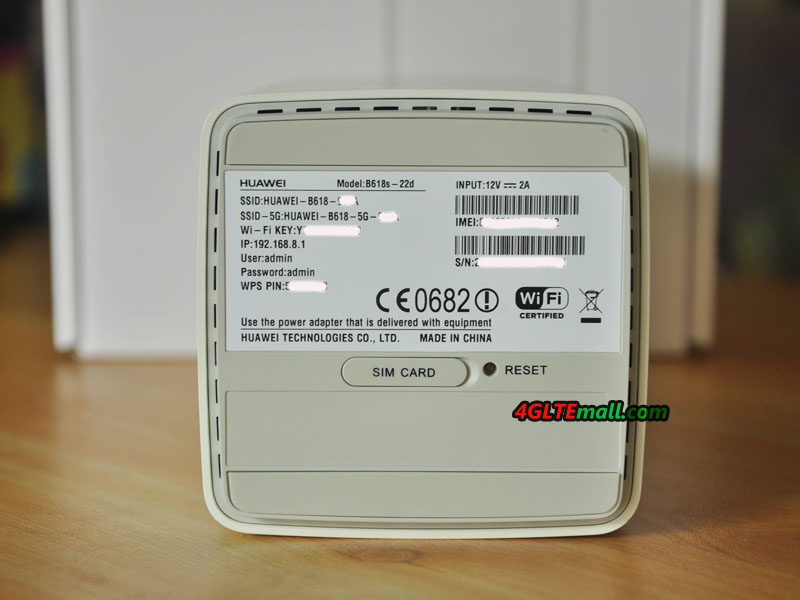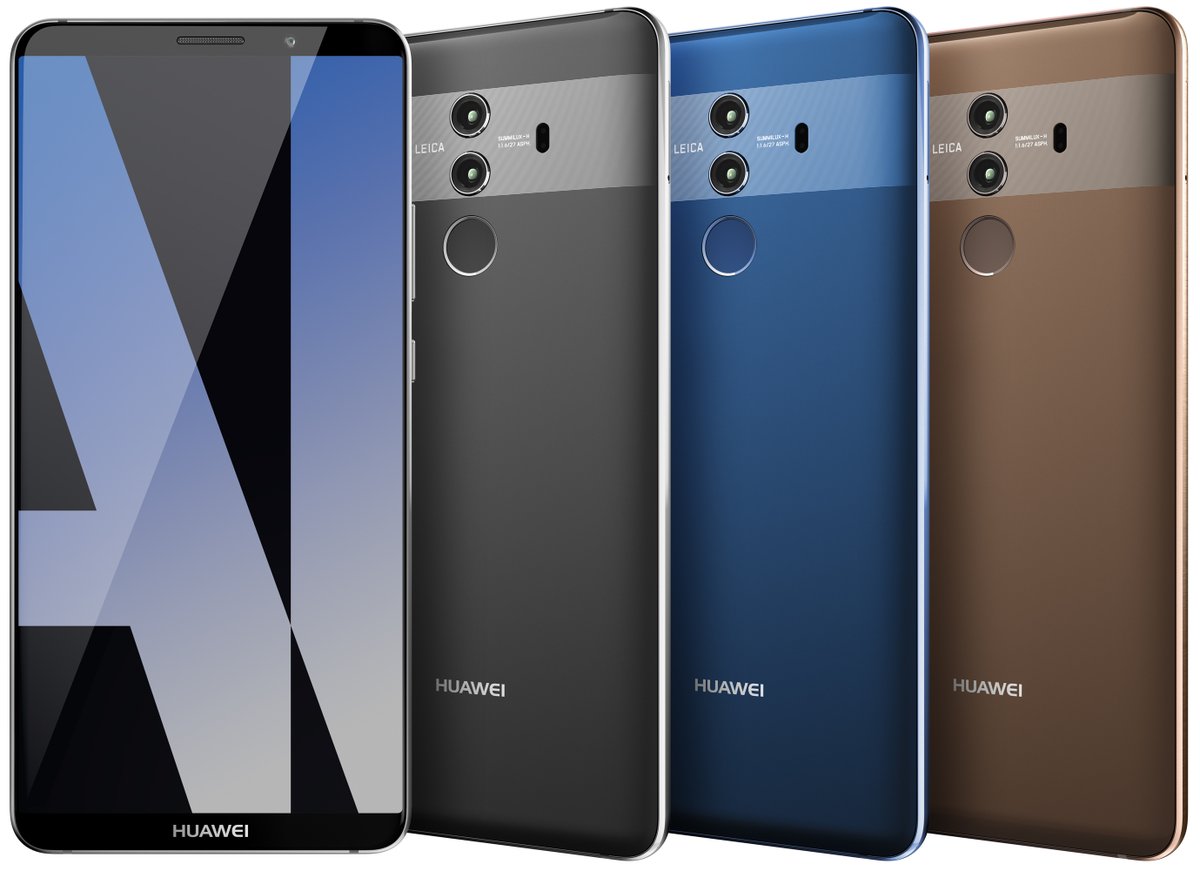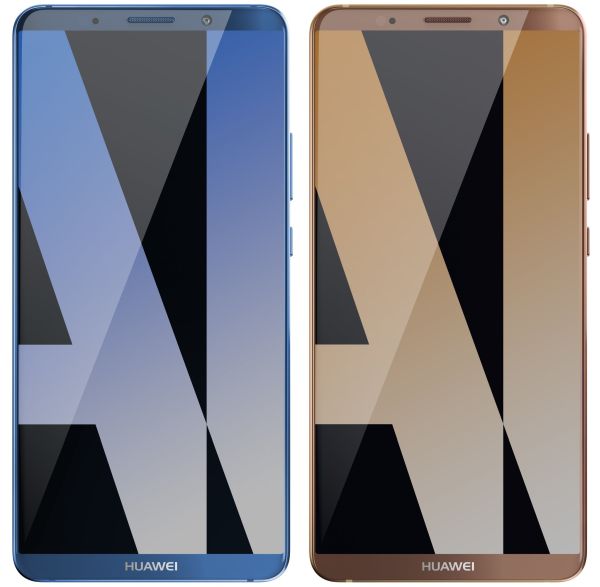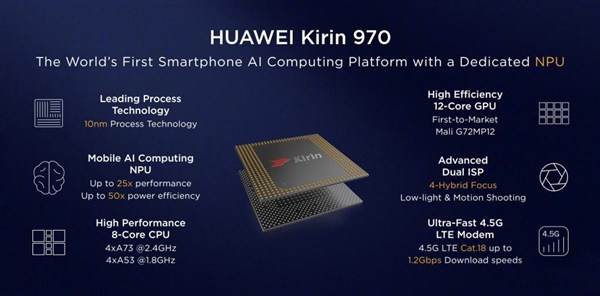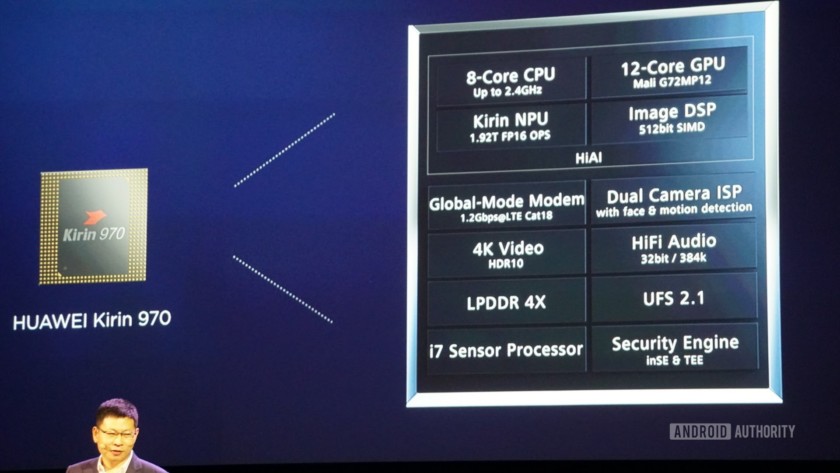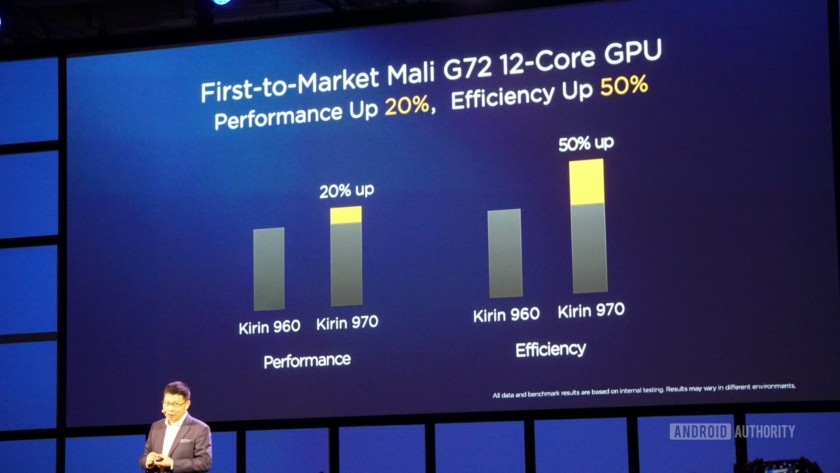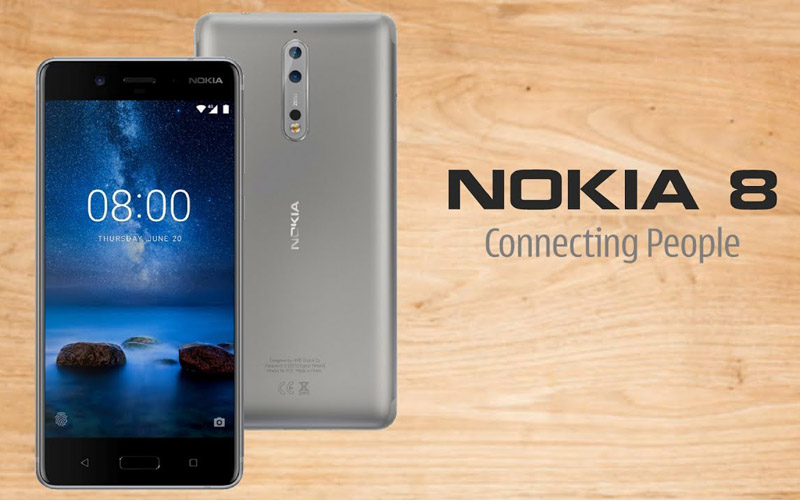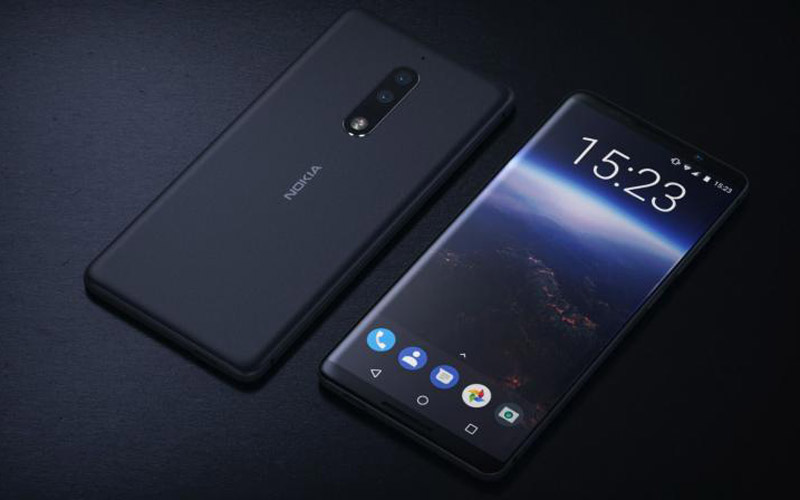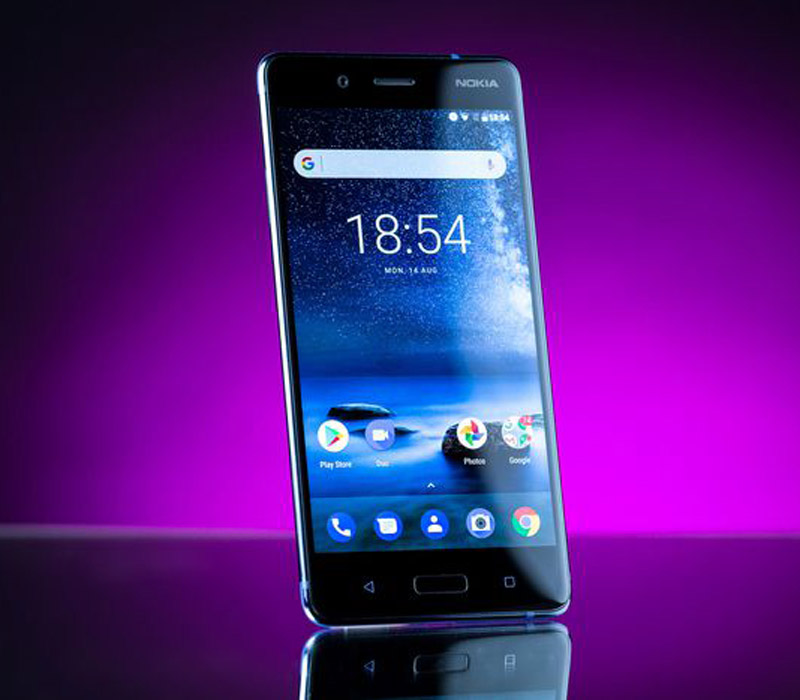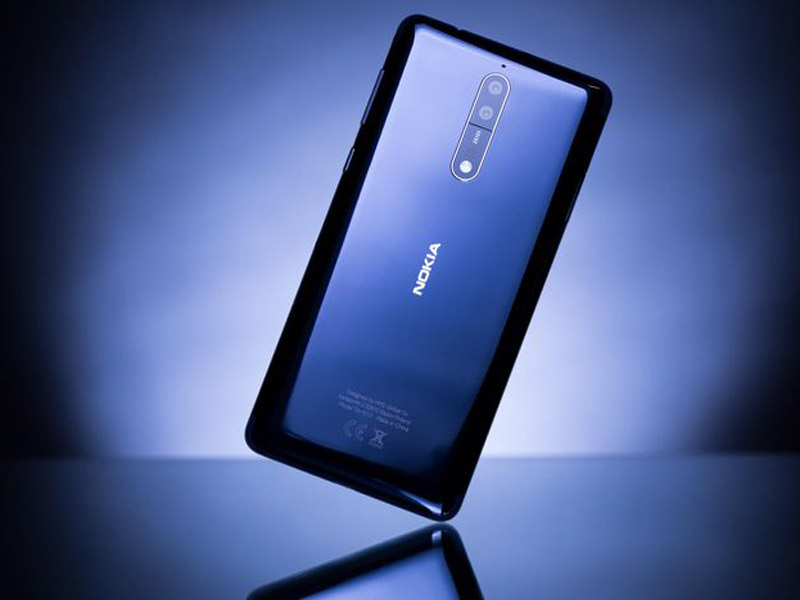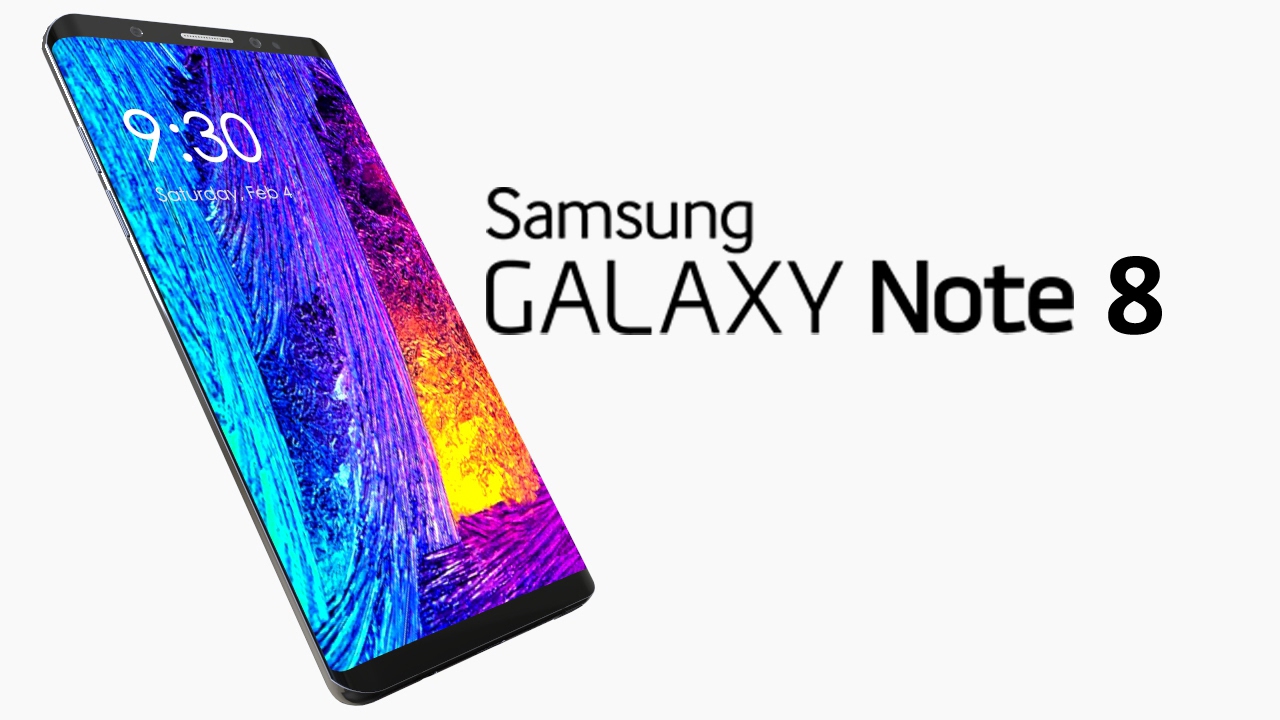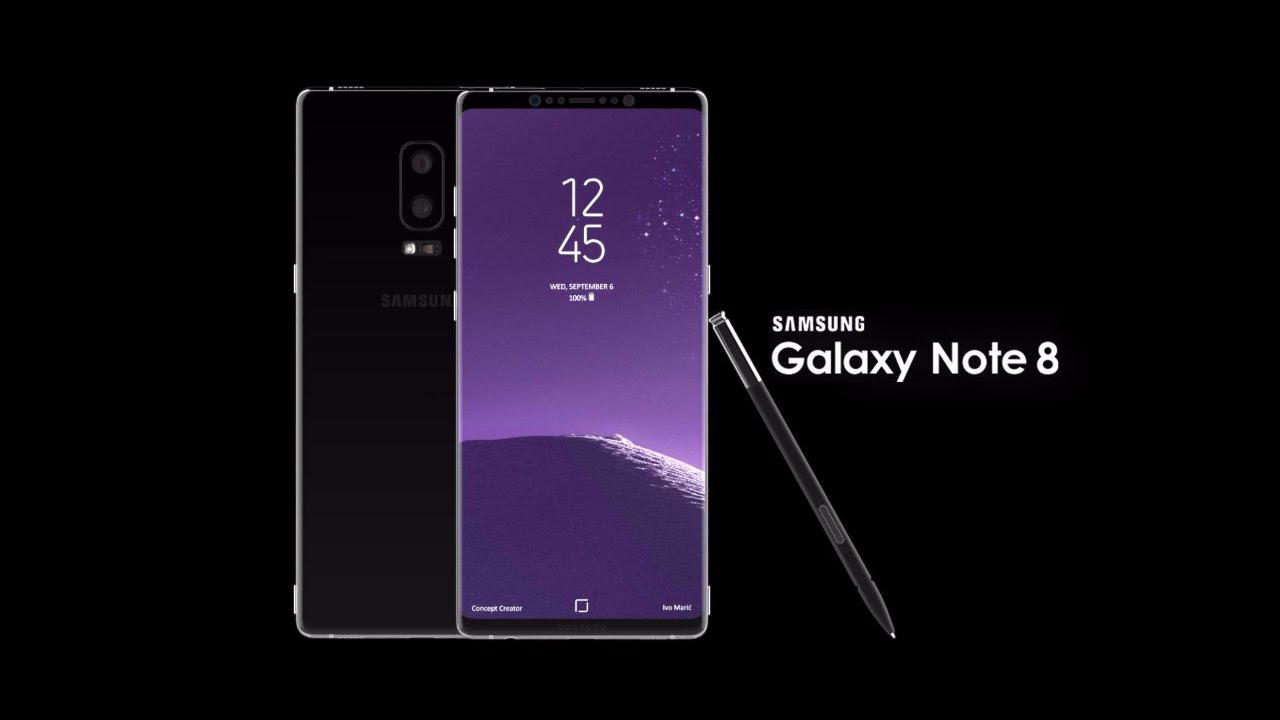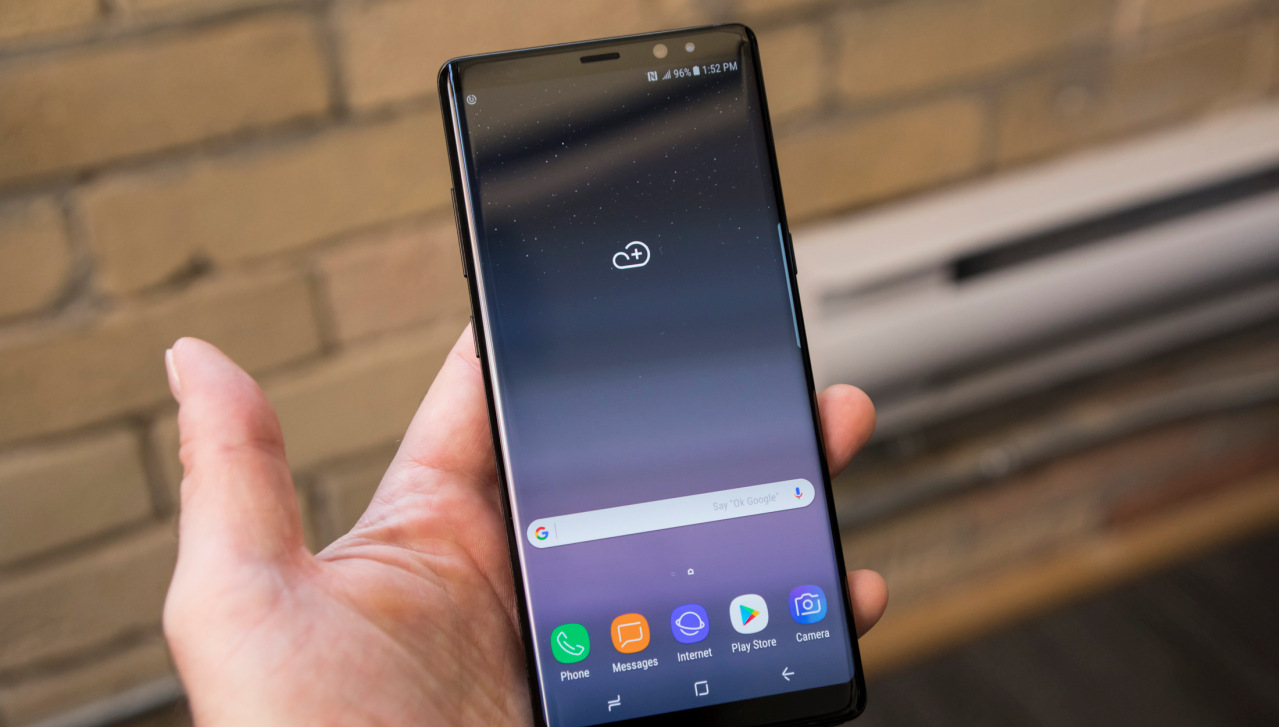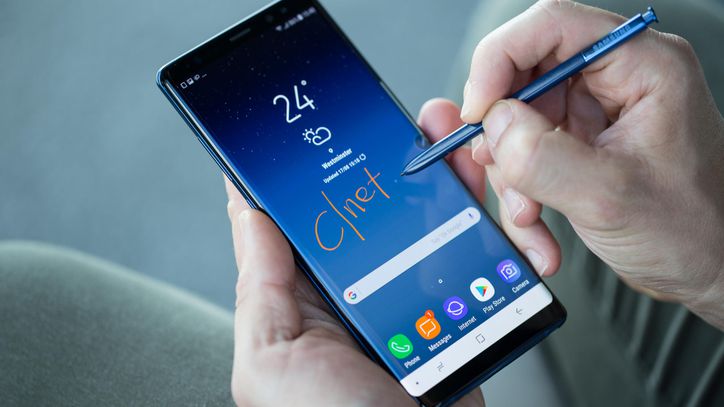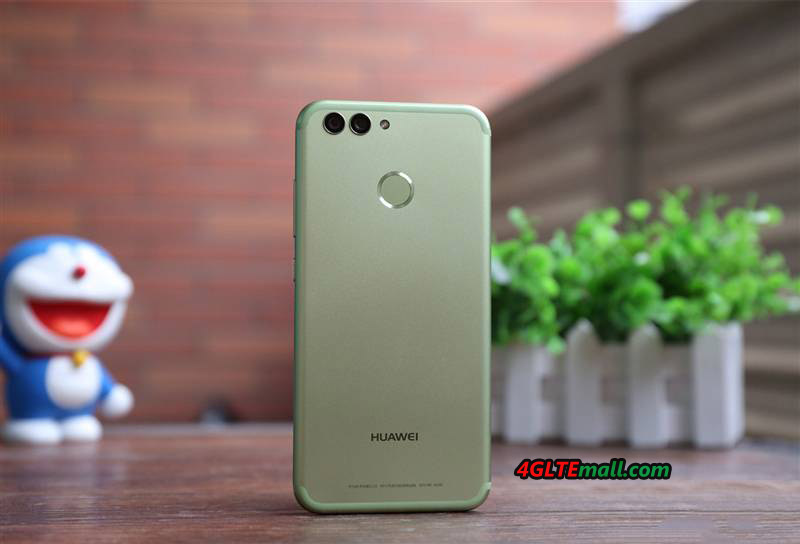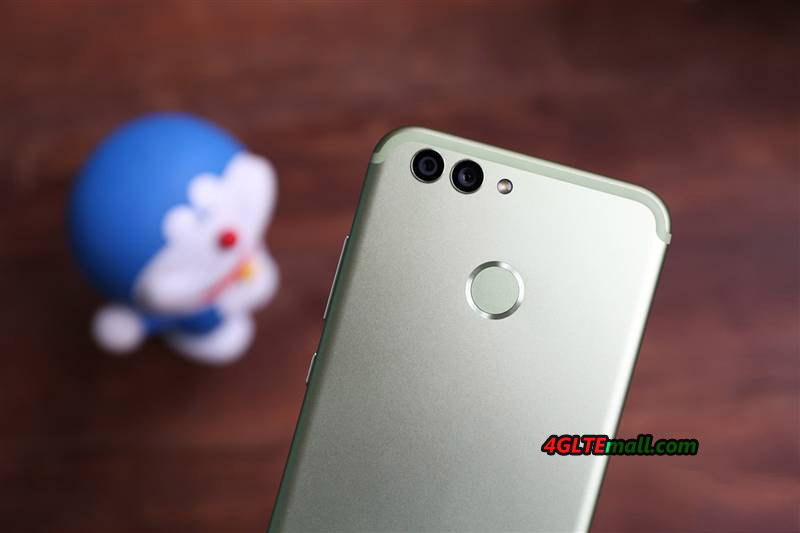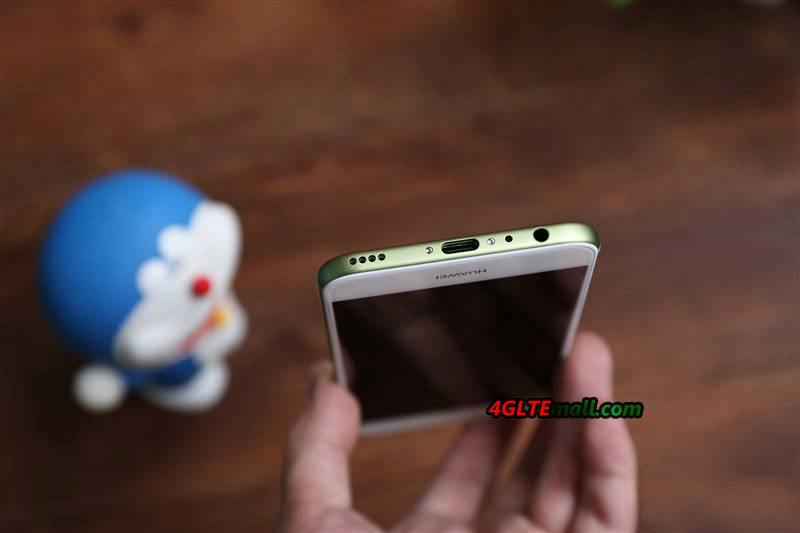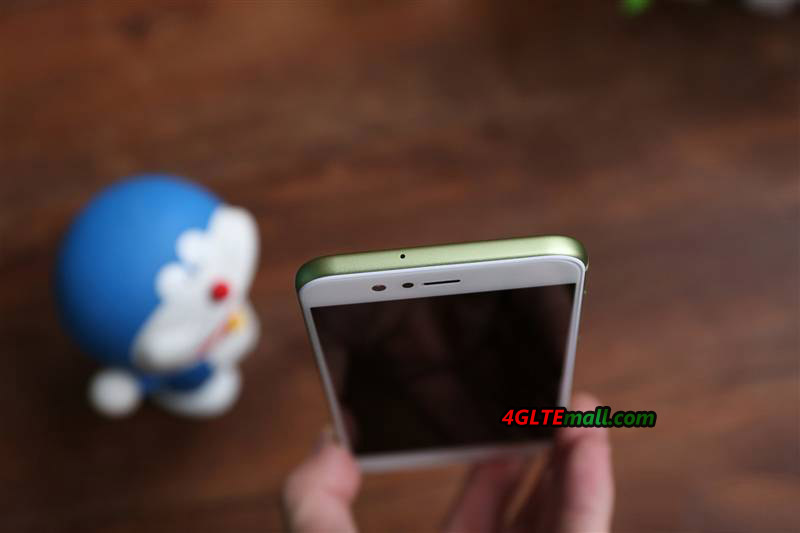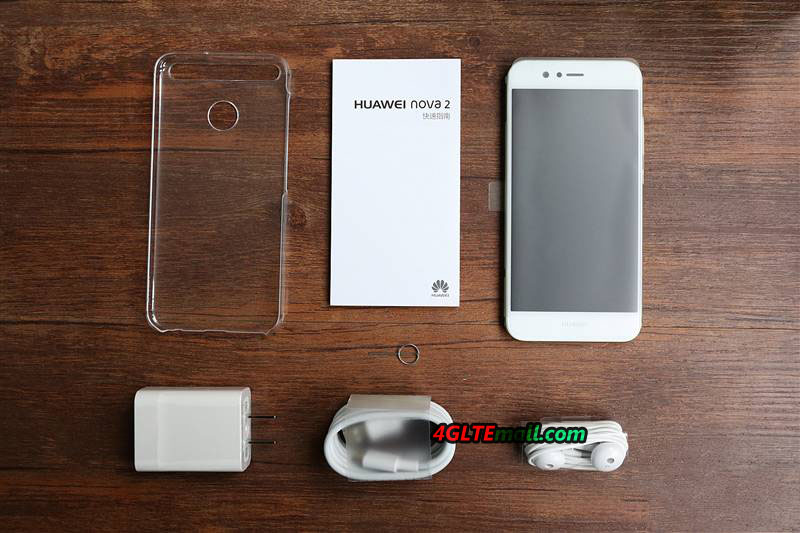With the growing demand for 4G wireless routers, the manufacturer are continuing presenting new LTE routers to the market. As the competitor of Huawei routers, TP-Link offers two new 4G routers this year; we are very interested in the most high-end router named TP-Link Archer MR200. Let us have a close look at its characteristics:
TP-Link Archer MR200 Highlights:
* High-end 3G/4G Routers
* Ideal for use on the road or in rural areas without DSL availability
* Supports the 4G/LTE mobile phone standard with download rates of up to 150Mbit/s
* No configuration required – simply insert the SIM card and put the LTE hotspot into operation
* Simultaneous dual band according to 802.11ac: up to 300 Mbit/s on 2.4 GHz and 433 Mbit/s on 5 GHz
* Freely configurable LAN/WAN port for the alternative connection via cable or fiber optic modem
TP-link Archer MR200 is ideal for use on the road or in rural areas without DSL availability. It supports the LTE/4G mobile communications standard with up to 150 Mbps in the download and 50 Mbps in the upload for uninterrupted video streaming and online gaming. Thanks to a built-in modem, you only need to use a valid 4G/LTE SIM card to set up your own WLAN hotspot for multiple users/devices.
Dual-band Connection with 802.11ac
Via WLAN, the Archer MR200 provides data rates of up to 733 Mbit/s according to 802.11ac. It works on both the 2.4 GHz and the 5 GHz band and thus ensures incredible WLAN performance. This simultaneous operation gives you the flexibility of two dedicated WLANs to which you can assign various purposes: email, chat, and surf at up to 300Mbps on 2.4GHz and simultaneous online gaming and HD video streaming at up to 433Mbps on 5 GHz.
Easy commissioning of a 4G/LTE connection
The Archer MR200 has an integrated 4G/LTE modem and an SIM card slot. You just have to plug in an unlocked SIM card and you will have your 4G/LTE hotspot in operation. Setting up a fast and stable mobile connection has never been easier!
WLAN where you need it
The Archer MR200 allows you to quickly and easily set up a 4G/LTE hotspot for multiple devices. This gives you an Internet access wherever you need it – whether in the meeting room, on the building site or in the holiday home.
WAN port for more flexibility
With its LAN/WAN port, the Archer MR200 offers another option for broadband connection via DSL, cable or fiber. This means that you are more flexible when choosing your Internet service provider, and can have the option of a backup solution. you can connect several PCs to ethernet directly, which is always better for performance.
Below are the detail features and specifications for TP-link Archer MR200:
| Hardware Features | |
| InteIrface | 3 10 / 100Mbps LAN ports |
| 1 10 / 100Mbps LAN / WAN port | |
| 1 SIM card slot | |
| Button | WPS / Reset |
| WLAN | |
| Power | |
| Antenna | 3 internal for WLAN |
| 2 removable for LTE | |
| External power supply | 12V / 1A DC voltage |
| Dimensions (B * T * H) | 202mm * 141mm * 33,6mm |
| Wireless Functions | |
| WLAN standards | 5GHz: IEEE802.11ac/n/a |
| 2.4GHz: IEEE802.11b/g/n | |
| Frequency | 2.4GHz & 5GHz |
| Signal rate | 300Mbps to 2.4GHz |
| 433Mbps to 5GHz | |
| Receiver sensitivity | 5GHz: |
| 11a 54M: -74dBm | |
| 11ac HT20: -67dBm | |
| 11ac HT40: -64dBm | |
| 11ac HT80: -60dBm | |
| 11n HT20: -71dBm | |
| 11n HT40: -70dBm | |
| 2.4GHz: | |
| 11g 54M: -76dBm | |
| 11n HT20: -73dBm | |
| 11n HT40: – 67dBm | |
| Transmission power | CE: |
| max. 20dBm to 2.4GHz | |
| max. 23dBm to 5GHz | |
| WLAN features | WLAN on / off |
| WDS Bridge | |
| WMM | |
| WLAN statistics | |
| WLAN security | WEP with 64 / 128Bit |
| WPA / WPA2 | |
| WPA-PSK / WPA2-PSK | |
| Network Type (V2) | 4G: FDD-LTE B1 / B3 / B7 / B8 / B20 |
| 4G: TD-LTE B38 / B40 | |
| 3G: DC HSPA+ / HSPA+ / HSPA / UMTS B1 / B8 (2100 / 900MHz) | |
| 2G: EDGE / GPRS / GSM Quadband (850/900/1800 / 1900MHz) | |
| Network type | 4G: FDD-LTE Cat4 (800/900/1800/2100 / 2600MHz), |
| TDD-LTE (2300 / 2600MHz) | |
| 3G: DC-HSPA+ / HSPA+ / HSPA / UMTS (900 / 2100MHz) | |
| 2G (EDGE / GPRS / GSM 850/900/1800 / 1900MHz) | |
| Software Features | |
| Quality of Service | Traffickertrolle (IP-QoS) |
| Modes | 3G / 4G router |
| wireless router | |
| WAN type | Dynamic / Static IP address |
| PPPoE | |
| PPTP (Dual access) | |
| L2TP (Dual access) | |
| Administration | Access control |
| Local administration | |
| Remote maintenance | |
| DHCP | Server |
| Client | |
| DHCP client list Address | |
| reservation | |
| Port Forwarding | Virtual server |
| port triggering | |
| UPnP | |
| DMZ | |
| Dynamic DNS | DynDNS |
| No-IP | |
| VPN passthrough | PPTP |
| L2TP | |
| IPsec | |
| Access control | Parental Control |
| Local Management | |
| Host List | |
| schedule | |
| policy management | |
| Firewall Security | DoS protection |
| SPI firewall | |
| IP address filter / domain name filter | |
| IP / MAC address binding | |
| Logs | IPv4 |
| IPv6 | |
| Guest network | 1 per WLAN band |
| IPsec VPN | Up to 10 IPsec VPN tunnels |
| OTHERS | |
| Certification | CE |
| FCC | |
| RoHS | |
| Package contents | AC750 dualband LTE wireless router MR200 Archer |
| 2 Antennas | |
| RJ45 Ethernet cable | |
| power adapter | |
| Quick Install Guide | |
| Micro and Nano SIM Card Adapter | |
| System requirements | Microsoft Windows® 98SE, NT, 2000, XP, Vista, 7, 8 or 10 |
| MacOS® | |
| NetWare® | |
| UNIX® | |
| Linux | |
| Microsoft Internet Explorer 11, Mozilla Firefox 12.0, Google Chrome 20.0, Apple Safari 4.0 or higher | |
| Surroundings | Operating temperature: 0 ° C..40 ° C |
| Storage temperature: -40 ° C..70 ° C | |
| Operating humidity: 10% .. 90%, non-condensing | |
| Storage humidity: 5% .. 90%, non-condensing | |
The TP-link MR200 has undeniable strengths, including the possibility of changing the two LTE antennas for more powerful. It is also possible to turn off the wifi with a button, which allows ecologists to avoid permanent exposure to the waves. We would take full test of the performance of this TP-link Archer MR200 and present a report for potential users’ reference.
